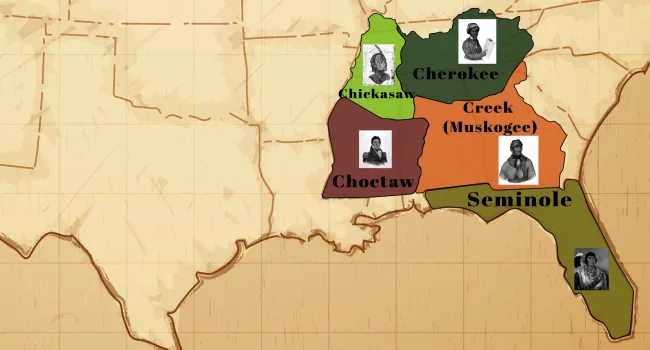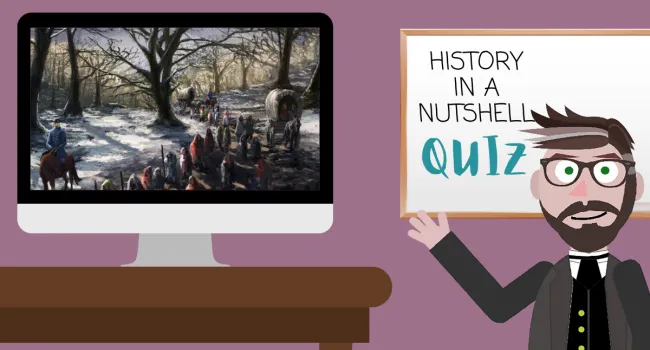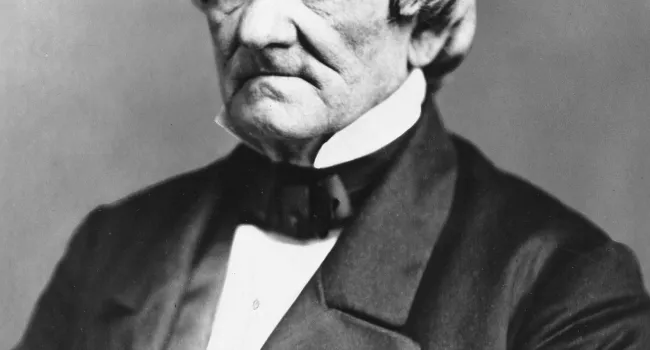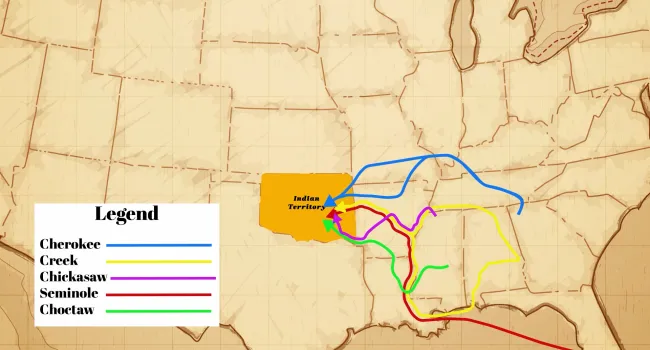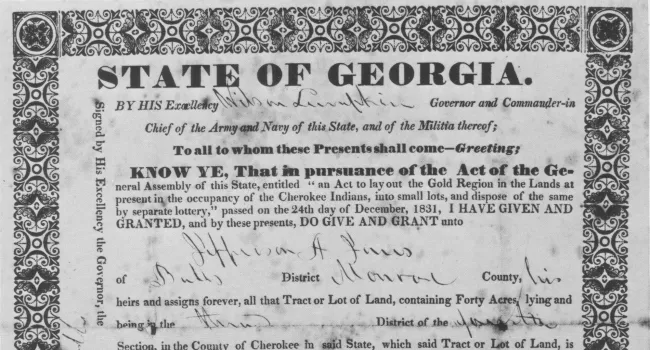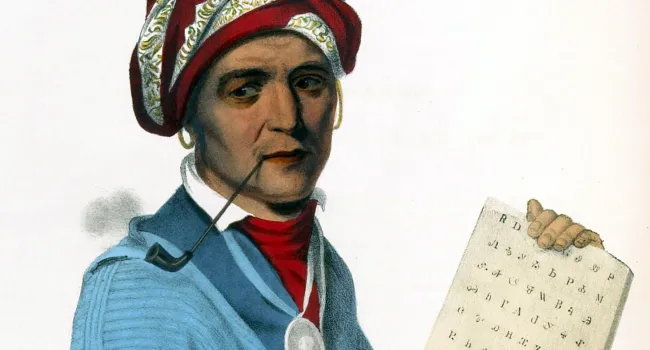Join our cartoon avatar host as he takes viewers through a brief expose on the events leading up to the forced removal of Native American tribes from the eastern United States. After the American Revolutionary War, an experiment in "civilization" was implemented so that American Indians could peacefully coexist with neighboring White settlers. As more settlers arrived in the U.S. in the early 1800's, more room was demanded from the Native Americans. Despite opposition to the Indian Removal Act initiated by President Andrew Jackson, Native Americans would eventually be forcibly moved from the eastern U.S. and placed in the "designated Indian territory" west of the Mississippi River. This forced transfer, known today as the "Trail of Tears" remains one of the most controversial subjects in American history.
This video contains subject matter which some viewers may find controversial.
Standards
- 4.3.CO Compare the motivations for and reactions to various expeditions into the Western territories.
- 4.3.CE Analyze the effects of government policies in promoting United States territorial expansion into the west.
- 4.3.P Analyze the role of technology and the environmental impact during the period of Westward Expansion.
- 4.3.CC Recognize patterns of continuity and change in the experiences of Native Americans and Spanish-speaking people as the U.S. expanded westward.
- 4.3.E Analyze multiple perspectives of early westward expansion, including the addition of slave and free territories and states.
- 5.1.E Analyze multiple perspectives on the economic, political, and social effects of western expansion, the Industrial Revolution, and immigration through primary and secondary sources, and evaluate the subsequent changes to the U.S.
- 8.3.CC Analyze debates and efforts to recognize the natural rights of marginalized groups during the period of expansion and sectionalism.
- Foundations of American Republicanism
- USHC.3.P Examine the relationship between the expanding corporate economy and American government during the period 1862–1924.
- USHC.3.CC Analyze significant developments in the settlement of the frontier between 1862–1924.
